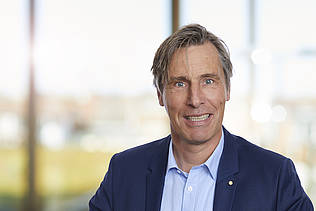
Dr. Guido Middeler
Partner
Until recently, there has been great uncertainty among the providers of medical devices containing living microorganisms: In their nonbinding Question & Answer documents both the National Working Group for the Implementation of the EU Regulation in Germany (NAKI) and the Competent Authorities for Medical Devices (CAMD) Transition Sub Group have interpreted the transitional arrangement of Art. 120 of the Medical Devices Regulation (EU) 2017/745 (MDR) in such a manner that these devices would not have been covered by the legislation. Diapharm has now been successful in correcting this mistaken opinion with a court decision.
The summoned administrative court of Schleswig not only ruled that Art. 120 also applies to substance-based medical devices containing living microorganisms, but that other courts of the member states and the European Court of Justice (ECJ) would come also to the same conclusion: The wording of the MDR is unambiguous and does not require any further interpretation.
As a consequence, Diapharm/HÄLSA is entitled to continue to place these devices on the market for the first time under our name, even after the date of application of the MDR, and until existing certificates expire. Furthermore, we can now assist other manufacturers who are in the same situation:
The newly gained transition period gives manufacturers the opportunity to plan the marketability of their products in the long term. Diapharm has been involved for over a decade in the discussions about medical devices containing living microorganisms, bacteria, fungi and viruses. These products have been excluded from the scope of the MDR for political reasons.
Providers must therefore coordinate with legislators how these safe and effective—albeit physically and not pharmacologically active—products can remain on the market notwithstanding, for example, by applying a switch strategy towards medicinal products. Because it would only be plausible if legislation were to provide a simplified, quasi-"traditional" regulatory procedure for products containing live microorganisms. "Traditional Herbal Medicinal Products" (THMP) could serve as a model: Here, a simplified regulatory procedure provides a path for herbal medicinal products provided that application-related safety data are available over decades. In this respect, Diapharm is one of the pioneers in Europe. However, the creation of an analogous legal foundation for "Traditional Probiotical Medicinal Products" (TPMP) will take some time.
Diapharm has won the necessary time for manufacturers of substance-based medical devices containing living biological substances and viable organisms. Don't hesitate to contact us!